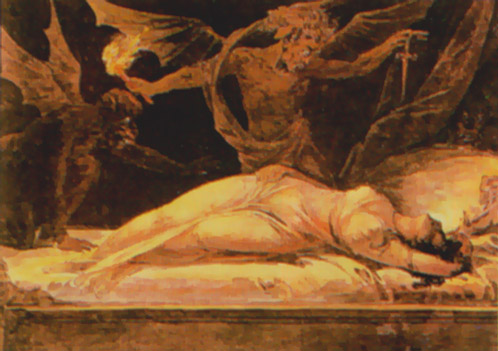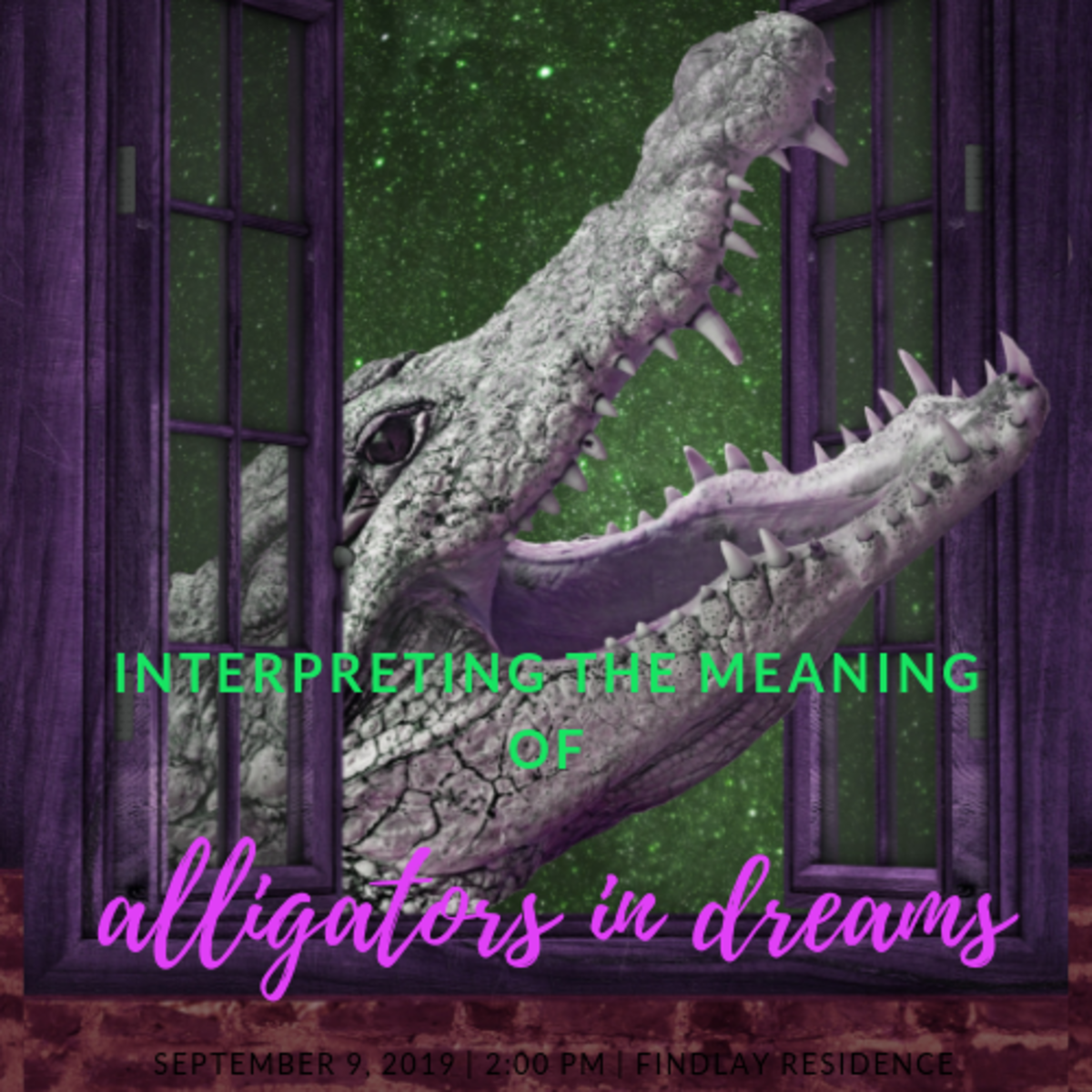Can You Die From a Dream?

The Hmong tribe of south-east Asia believe that a demon visits them during the night to paralyze and smother them. Similar nightmarish creatures are described in other cultures, such as the European Incubus or the Chinese "bei guai chaak". However, in the case of the Hmong tribe, over a hundred of them died mysteriously in their sleep between 1977 and 1990. Were they killed in their dreams, or is there another explanation?
Dreams are simulations created by the brain during periods of sleep. They have an unknown origin and purpose, though they are understood to occur during rapid-eye-movement (REM) sleep. Dreams frequently contain common sources of anxiety (e.g. predatory creatures, contamination, social ridicule or assault). Indeed, anxiety is the most prolific emotion experienced, suggesting dreams function to prepare us for threatening events in the real world.
To understand if people can be killed by anxiogenic dreams (or nightmares), it is necessary to understand the physiological changes that occur in the body during REM sleep.

Physiological effects of dreaming
- There is increased neural activity in the brain stem during REM sleep. At times. the firing rate of the brain's neurons can exceed that of some wakeful states. The pattern of firing is sporadic, resembling wakefulness.
- The body undergoes near-complete paralysis due to the suppression of neurotransmitters. This is known as REM atonia. For people with REM Behavior Disorder, atonia fails, causing frenzied re-enactments of dreams. Curiously, this doesn't include sleepwalking, which is associated with another stage of sleep.
- Body temperature is not well regulated while dreaming. It generally decreases, putting extra strain on the heart.
- There is an overall increase in breathing rate while dreaming, though the rate varies substantially.
- Heart rate and blood pressure also increase (on average) during REM.
- Penile or clitoral erections may occur during REM sleep as a result of variances in blood circulation.
- REM sleep correlates with an increase in cortisol levels. This hormone is released during times of stress.
- Negative emotions such as anxiety, guilt, anger, and abandonment occur three times more often than positive emotions during dreams.

Can you die if you don't dream?
An ingenious and cruel experiment placed sleeping rats on a small pedestal surrounded by water. When REM atonia kicked in, the paralyzed rats fell into the water and woke up. Without REM sleep, the rats suffered from an impaired memory for procedural tasks. Eventually the rats died, with the cause of death being hypothermia. This suggests that REM sleep could function to warm the brain.
In humans, no such experiments have been undertaken (for obvious reasons), though sleep deprivation has been known to cause a number of psychological disorders, including memory impairment. It is feasible that a lack of REM sleep could also kill humans. However, if you believe you aren't dreaming, there's no need to panic. We forget 95% of our dreams.
Can you die while dreaming?
People often die in their sleep, though this can usually be attributed to illness or old age. As older individuals dream less than younger people, it is unlikely that dreams cause the majority of deaths that occur during sleep.
Additionally, the unconscious mind exercises a level of control over the period and content of dreams. For example, nightmares will typically end the moment before a traumatic event occurs (such as dying). This suggests that the brain contains certain fail safes to extract an individual from the dreamworld when stress levels reach a dangerous threshold.
Furthermore, when a sound or smell is detected in the real world, the brain will often incorporate the stimulus into the dream to prevent it from causing the body from waking up. Occasionally, the brain might recognize the noise as important and wake the individual. This suggests that the mind is in contact with reality, and is unlikely to be fooled into believing it is in genuine danger.
Despite these reservations, there is a way for a person to die from a dream. The physiological effects of dreaming include increased heart rate, blood pressure, and stress hormone levels (cortisol). As a result, people with heart conditions could suffer a heart attack while stress levels are below normal fail-safe thresholds. Indeed, the brain allows the body to exercise to the point of suffering a heart attack, meaning it is unaware of the stress limits imposed by a physically defective heart. The brain will only wake the individual once other symptoms manifest, such as shooting pains or breathing difficulty, at which point, a heart attack may be unavoidable.

Nightmares that can kill
In support of this view is the case of the Hmong tribesmen alluded to earlier. Asian men commonly suffer from a type of heart arrhythmia called Brugada syndrome. It is a genetic disorder in which the heart can beat too quickly. It appears in young men from Thailand and Laos, though the disorder may become concentrated within small communities due to intra-tribe breeding. Given that all the deaths were in young Hmong men, Brugada syndrome is an overwhelmingly likely suspect.
The combination of Brugada syndrome with unusually scary dreams could have caused the deaths. Indeed, the Hmong believe that the "dab tsog" demon that plagues their nightmares is real, allowing their minds to consider it a genuine threat. Professor Shelley Adler theorized that the men died during a brief period of wakefulness in which their bodies were still paralyzed from REM atonia (sleep paralysis). Residual images from a nightmare may have leaked into conscious reality for a brief moment, producing a momentary scare. When combined with Brugada syndrome, the unfortunate result was a series of heart attacks that killed over a hundred men.
© 2013 Thomas Swan



